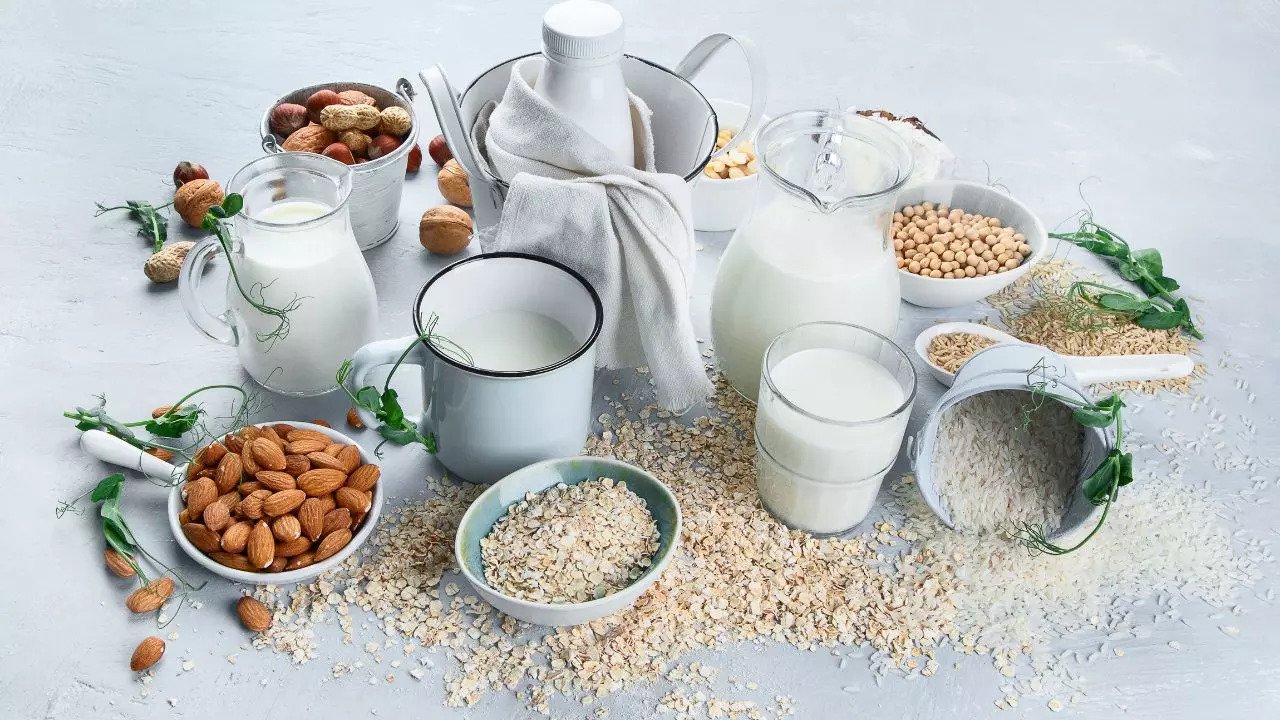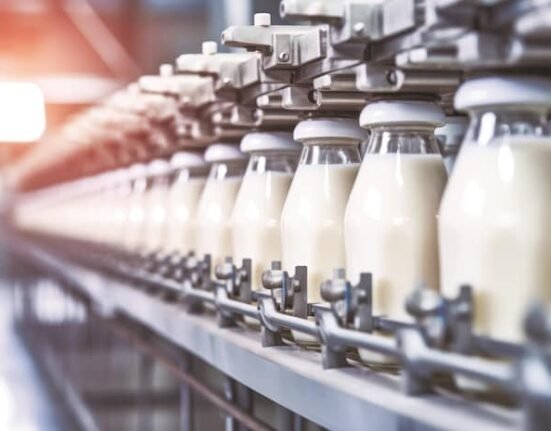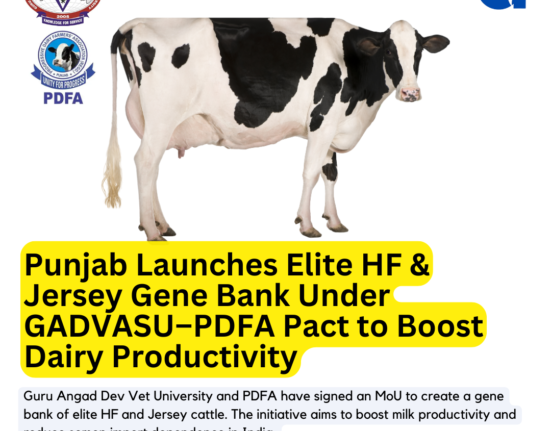
With a significant 75% of the global population experiencing lactose intolerance and rising environmental concerns, plant-based milks have come out as a popular alternative to traditional dairy. Valued at an impressive $20 billion globally, the plant-based milk industry is expected to double in sales over the next decade. In the United States alone, the dairy-free market segment, led by milk alternatives, has seen tremendous growth. Last year, plant-based milk sales reached $2.9 billion, making up close to 15% of the total milk market, with almost half of U.S. households purchasing plant-based options in 2023.
Despite their popularity, a recent study conducted by the University of Minnesota’s Nutrition Coordinating Center examined 219 plant-based milk alternatives and found that many contain fewer nutrients than cow’s milk, with lower levels of calcium and vitamin D in particular.
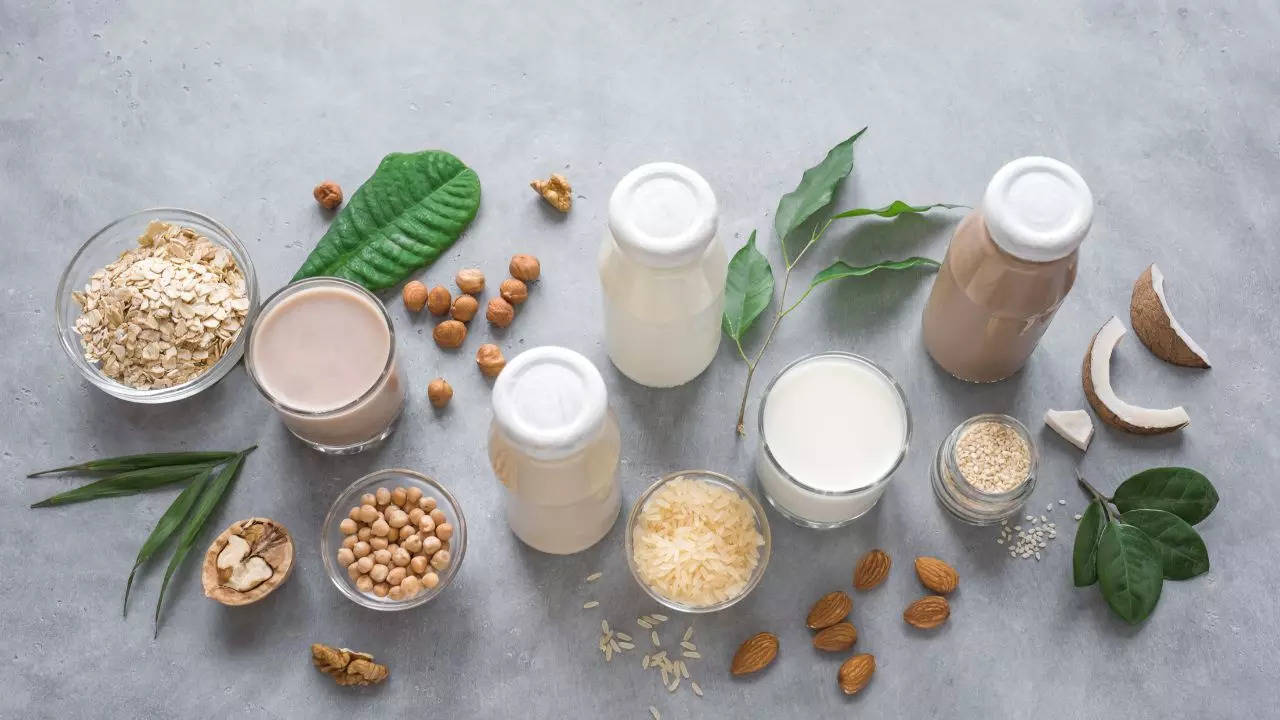
Environmental Impact
Traditional dairy milk production has well-documented environmental consequences, particularly through deforestation and methane emissions associated with cattle rearing. The study “Dairy and Plant-Based Milks: Implications for Nutrition and Planetary Health” highlights that plant-based milks—such as soy, oat, almond, spelt, pea, and coconut—generate 62-78% lower greenhouse gas emissions per liter than dairy milk.
“It’s nuanced to say which milk is ‘best,’” noted Brent Kim, a researcher at the Johns Hopkins Center for a Livable Future. He explained that the evaluation depends on priorities—whether consumers are considering environmental impact, nutritional content, affordability, water usage, or agricultural land use.
While almond milk boasts lower greenhouse gas emissions than cow’s milk, its high water footprint makes it a less favourable choice from a water conservation standpoint. Almond milk currently accounts for three-quarters of U.S. plant-based milk sales, but other options, like pea protein milk, show promise as more environmentally sustainable choices due to their lower emissions and relatively small water footprint. Although pea-based milk is still limited in availability, it holds potential for growth.
Health Implications: Comparing Their Nutritional Content
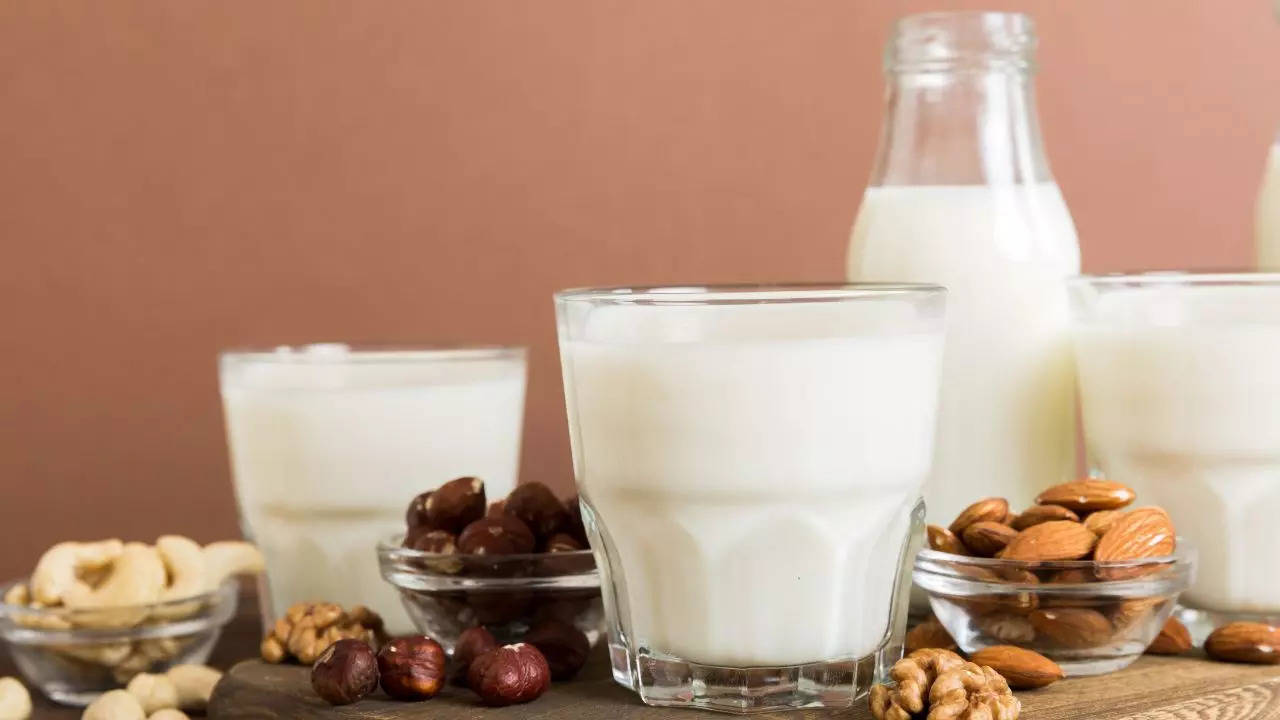
The diverse array of plant-based milk brands can make it challenging to pinpoint which options provide the most complete nutrition. Abby Johnson, associate director of the Nutrition Coordinating Center at the University of Minnesota, noted the variability among plant-based milks, which often vary in protein, calcium, and vitamin D content. Cow’s milk remains a robust source of calcium, potassium, and vitamin D, key nutrients identified in the 2020–2025 U.S. Dietary Guidelines. While protein levels in dairy exceed those in most plant-based options, this extra protein is essential for specific groups, particularly growing children or individuals with limited access to varied diets.
However, plant-based milk made from oats or almonds typically contains lower protein than dairy. “Oats aren’t high-protein foods, and almond milk’s protein content is actually quite low,” added Becky Ramsing, a public health nutritionist and senior program officer at Johns Hopkins. She noted that manufacturing methods dilute the protein concentration due to high water content.

Reading Labels Is A Must For Consumers
Ramsing emphasised the importance of reading labels to check for essential nutrients, specially since some plant-based milks aren’t fortified with calcium or contain added sugars. This is a common occurrence, even with popular choices like soy milk, which may lack certain nutrients unless fortified.
One unique advantage of plant-based milks is their fibre content—some varieties contain over 10% of the daily recommended fiber intake, whereas cow’s milk lacks fibre entirely. Conversely, cow’s milk offers vitamin B2 (riboflavin) and phosphorus, both important for cell growth and bone health. However, Johnson suggests that these nutrients can also be obtained from a well-rounded diet rich in fruits and vegetables, making plant-based milk a viable option within a balanced diet.

